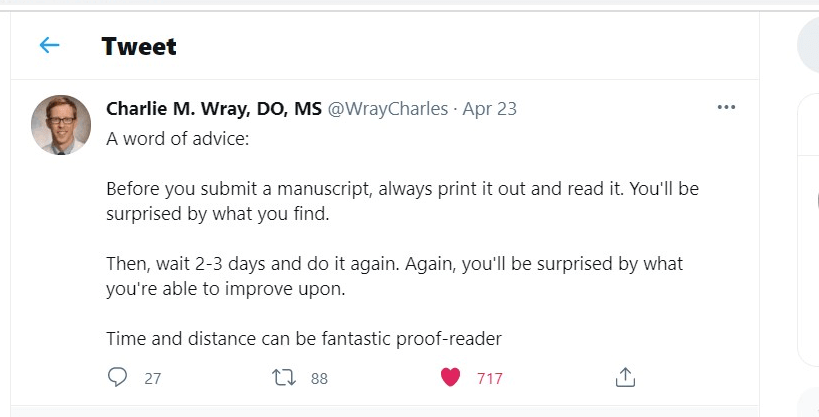
Are you about to write your first paper but are worried about rejection? Or have you recently seen those ominous words in an email from a journal editor, “I regret to inform you…”? Well, there are some surprisingly common mistakes in research papers that lead to desk rejection or even rejection after a prolonged peer review process. The biggest and most avoidable blunder is being impatient and rushing things (which underlies most of the “things NOT to do” listed below). Yes, you want to get your article out there ASAP, but ignoring the nitty-gritties only prolongs the submission and publication journey. Standard checks by AI-powered manuscript assessment tools, such as R Pubsure, can flag some of these common errors in research papers, getting you closer to a submission-ready manuscript within minutes.
What are the top things to avoid when preparing your manuscript?
- Not checking for a match between the journal and your paper: Mismatch between a journal’s scope and a paper is a major reason for outright rejection. Check that your paper is within the ambit of the journal and that the journal accepts the article type that you plan to submit.

- Following unethical practices: Stay away from data and image fabrication or falsification. Avoid plagiarism and follow responsible citation practices. Make sure you disclose conflicting interests and provide approvals for studies involving humans or animals. R Pubsure’s submission readiness check identifies and flags if ethical declarations have not been included in the manuscript and also provides a globally trusted plagiarism report.
- Ignoring formatting instructions: Not following a journal’s “instructions to the authors” makes the manuscript look like a slipshod effort. Ensure that your manuscript
-
- is complete in every aspect
- has been formatted according to the journal’s guidelines
- complies with the relevant reporting guidelines
- respects recommended word limits
- Being vague: Do not beat around the bush! Be specific, making sure to back up statements with actual numbers or data. Think about the message you want to give to readers and relay it clearly to avoid misinterpretations.

- Ineffective “marketing”: The title and abstract often decide the fate of a paper. The title should be clear and be able to hook the reader. The abstract should include the motivation, problem statement, methods, results, and conclusion. Do not miss including the implications or conclusions statement in the abstract, as well as the main text. Further, provide a cover letter that pitches your work effectively to the journal editor.
- Poor discussion: Avoid simply listing related literature without analyzing or interpreting the studies in light of your current findings. Ensure that you put your results into a global context to demonstrate what makes your findings significant or original. At the same time, be realistic when making speculations. Avoid overstating your findings and their implications with unnecessary flourishes.
- Not paying attention to display items: Editors often head straight to the tables and figures. Hence, it is important that these elements are accurate, of high quality, and properly referenced in the text. R Pubsure checks that all tables and figures included have been cited in the manuscript.
- Not seeking feedback: Don’t hesitate to ask your peers to take a look at your paper before submission. A sort of “pre-peer review” from your colleagues or mentors can go a long way in helping you identify critical areas for improvement.
It is also great idea to have a non-specialist read your draft. You may unwittingly skip information that seems unnecessary just because you are all too familiar with your research. Someone outside your field, or even a layperson, is highly likely to spot gaps in logic. Alternatively, choose a manuscript submission readiness check like R Pubsure to find and fix potential common errors in research papers.
- Being inconsistent: Inconsistencies in the manuscript can confuse a reader and make your writing look unprofessional. Check for inconsistencies in the following:
-
- Spelling and style of technical terms
- Field-specific nomenclature
- Abbreviations
- Numbering of lists and subheadings
- Units
- Citation and reference format.
- Submitting without proofreading: Typographical errors, unclear language, and poor syntax impair reading and can put off editors and reviewers. Read the final draft several times before submission.

Here are some basic checks you should not forget:
-
- Perform spelling and grammar checks in MS Word
- Remove extra spaces and incorrect punctuation
- Omit unnecessary words
- Avoid complex language and excessive jargon
- Prefer short rather than long, convoluted sentences.
R Pubsure performs language quality checks and provides a detailed report with scores.
Feel free to seek help for proofreading and editing from a colleague or a professional editor.
Now that you know what not to do in a research paper, keep this checklist handy to make sure you always cover all the bases!



